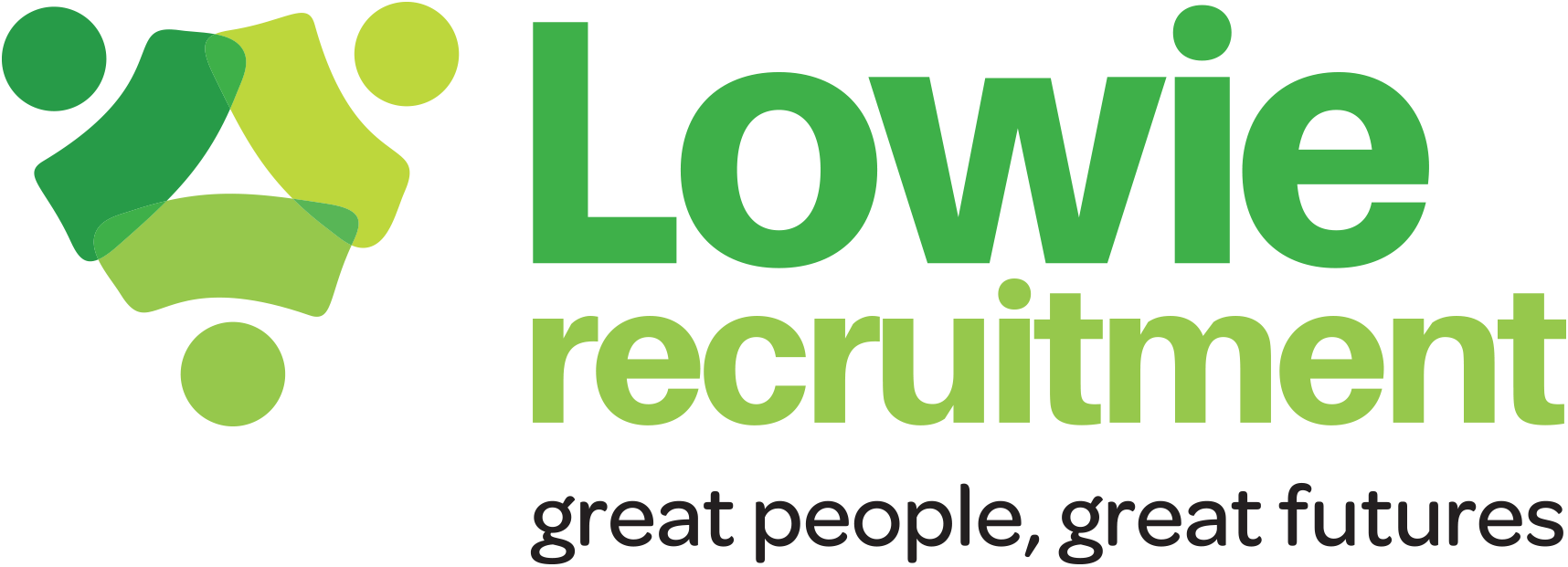Finding the right talent is crucial for any organisation’s success, but the talent acquisition process often comes with challenges. From identifying the right candidates to managing the hiring process, businesses face numerous obstacles that can slow down hiring and impact growth. Here’s a look at some common talent acquisition hurdles and how companies can overcome them to build a strong workforce.
1. Attracting Qualified Candidates
One of the most significant challenges in talent acquisition is attracting the right candidates for the job. With a competitive job market, businesses may struggle to capture the attention of top talent. This can lead to positions remaining unfilled for longer periods, affecting productivity.
Solution: To attract qualified candidates, companies need a strong employer brand. Promote your organisation’s culture, values, and benefits to make it more appealing. Utilise multiple channels—job boards, social media, and industry events—to reach a broader audience. Highlighting employee success stories and offering competitive packages can also help draw in high-quality candidates.
2. Lengthy Hiring Processes
A drawn-out hiring process can cause companies to lose potential candidates who may accept offers from competitors. If your process takes too long, qualified candidates may become disengaged or frustrated, leading to a higher dropout rate.
Solution: Streamline the hiring process by clearly defining each stage and setting realistic timelines. Use technology, such as applicant tracking systems (ATS), to automate administrative tasks and speed up decision-making. Consider pre-screening assessments to identify top candidates early in the process. Keeping candidates informed and setting expectations about timelines can also improve their experience.
3. Skills Gaps
Skills gaps can be a major obstacle when the available talent pool doesn’t match the required job skills. This challenge is common in rapidly changing industries, such as technology or healthcare, where the demand for specific skills may outpace the supply.
Solution: Address skills gaps by investing in employee training and development programs. Offering opportunities for upskilling or reskilling can help bridge gaps and make the existing workforce more adaptable. Additionally, consider hiring for potential rather than just current skills—look for candidates who show the ability to learn quickly and adapt to new roles.
4. High Competition for Talent
With many companies competing for top talent, attracting and retaining candidates becomes increasingly difficult. This competition can drive up salary expectations and make it challenging for smaller businesses to secure top-tier employees.
Solution: Differentiate your company by offering unique benefits or flexible work arrangements that competitors may not provide. Emphasise career growth opportunities and a positive work environment. Small businesses can also focus on building a close-knit, inclusive culture that may be more appealing to candidates than the corporate environments of larger firms.
5. Poor Candidate Experience
A negative candidate experience can discourage qualified applicants from accepting an offer or recommending the company to others. Issues such as lack of communication, unclear job descriptions, or disorganised interviews can leave a lasting bad impression.
Solution: Prioritise the candidate experience by providing timely communication and setting clear expectations at every stage. Make the application process simple, and ensure job descriptions accurately reflect the role’s requirements and responsibilities. After interviews, provide constructive feedback to candidates, whether or not they are selected.
6. Limited Resources
Small or growing companies may lack the resources for a full-fledged talent acquisition team or the latest recruiting tools, which can hinder their hiring efforts.
Solution: Leverage partnerships with recruitment agencies or talent acquisition specialists who can help expand your reach. Utilise affordable technology solutions like applicant tracking systems or recruitment software to streamline processes without stretching budgets. Outsourcing specific aspects of talent acquisition, such as background checks or initial candidate screenings, can also free up time for internal teams to focus on more strategic tasks.
Conclusion
Overcoming common obstacles in talent acquisition requires a proactive and strategic approach. By streamlining processes, investing in employee development, enhancing the candidate experience, and leveraging the right tools, businesses can improve their hiring outcomes and build a stronger workforce. For organisations looking to optimise their talent acquisition efforts, partnering with a recruitment expert can be a game-changer.
Contact Lowie Recruitment to learn more about how we can help you overcome hiring challenges and find the right talent for your organisation.

